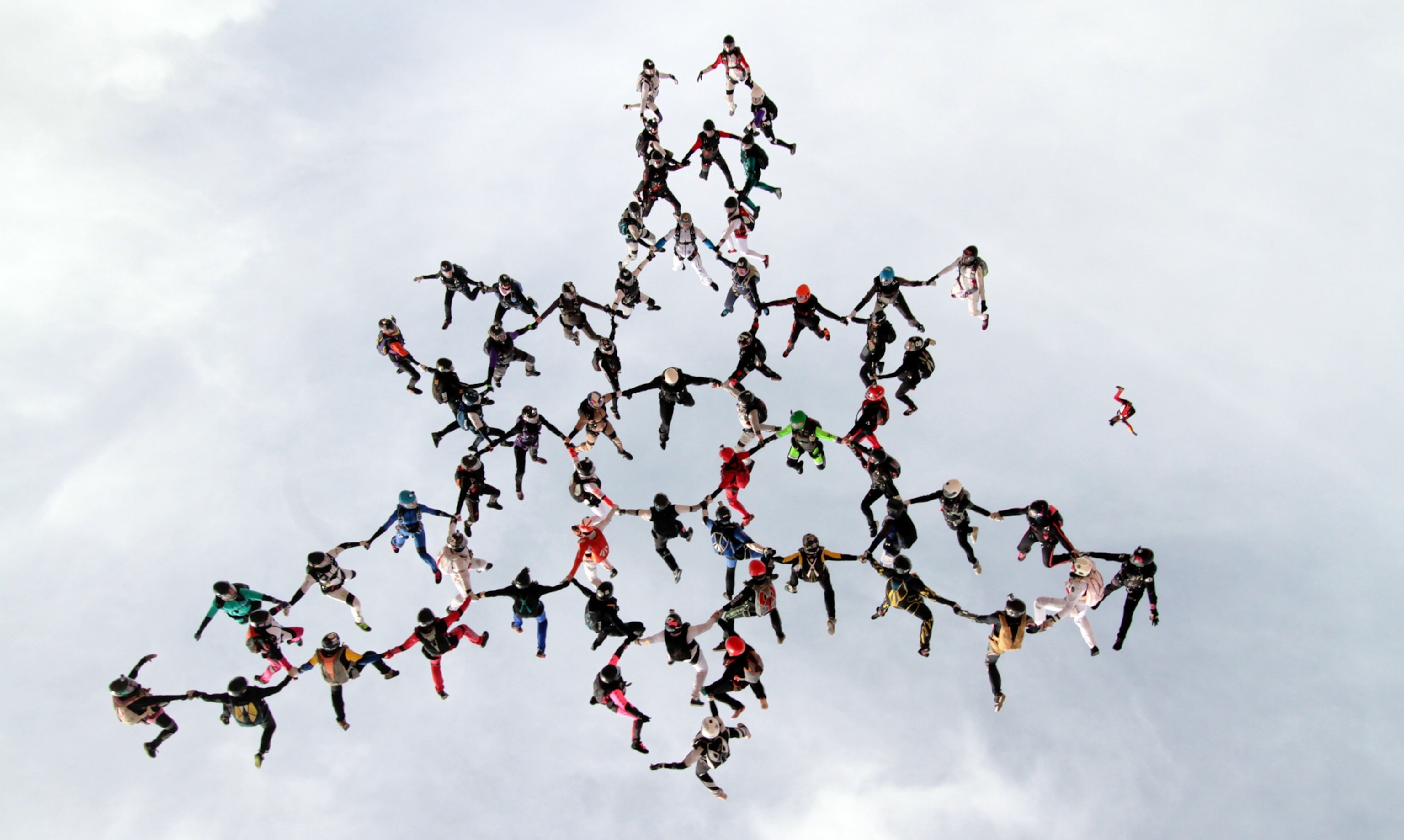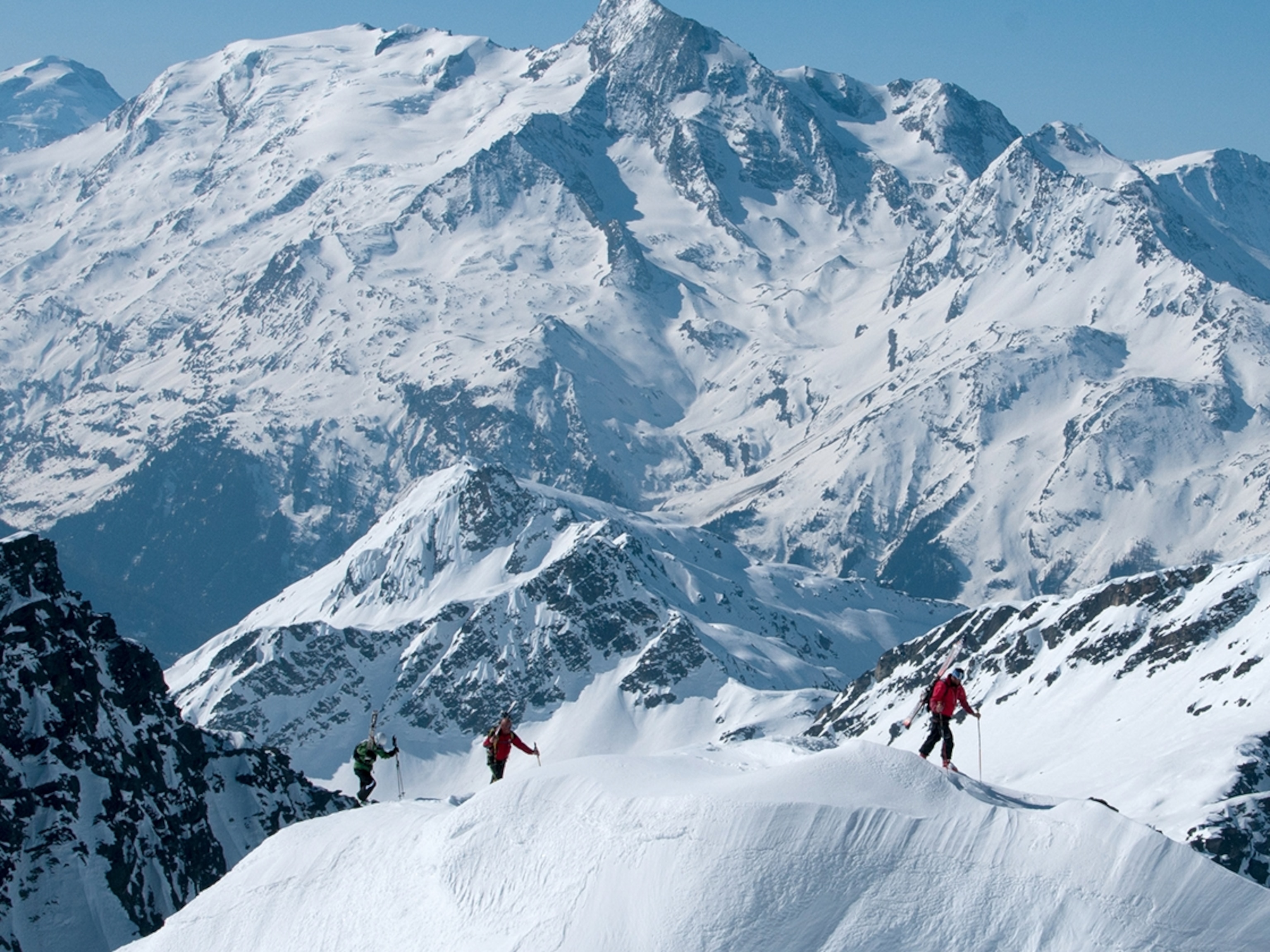
Fatal Skydiving Collision Highlights Risks of Large Group Jumps
Deaths in Arizona underscore challenges of crowded skies.
On December 3, two skydivers were killed when they collided in mid-air over southern Arizona, after participating in a large-scale jump of many skydivers from multiple aircraft. The incident has raised questions about the safety of such large-scale jumps.
"In general, there is very little, if anything, in FAA regulations that covers jumpers once they leave the aircraft," says Federal Aviation Administration (FAA) spokesperson Ian Gregor. He said the FAA's Flight Standards District Office in Scottsdale, Arizona, is investigating the accident, with a focus on "whether the parachutes were properly packed by the appropriate person."
According to news reports, two of the skydivers smacked into each other at about 4 p.m. over the town of Eloy, a popular skydiving area about halfway between Phoenix and Tucson. Sgt. Brian Jerome of the Eloy police force told the media that the skydivers hit each other about 200 feet from the ground, causing their parachutes to collapse. One participant was said to be dead on the scene, while the other was said to have died later in a nearby hospital.
Nancy Koreen, director of sport promotion for the U.S. Parachuting Association, said that "probably close to 200" skydivers had jumped from multiple airplanes. "I don't know the exact number ... but they were doing larger jumps," she said.
National Geographic spoke with Koreen about the safety of her sport.
How common are multi-jumps, as the media seems to be calling it when more than one person jumps out of a plane?
That's not a term we use. I would say that 95 percent of skydives are people jumping out of the plane at the same time.
And when it comes to large numbers of people skydiving at once, are there particular challenges to that?
There are more parachutes trying to land at the same time, so you have to make sure to have more clear airspace, to not collide with other skydivers.
Skydivers generally use a landing pattern [as they approach the ground], similar to an aircraft coming into a landing, and the goal is to make the flight predictable so other skydivers in the air know what other people are doing. It's something skydivers learn as students, for safe flights and landings. Obviously, the more people there are at the same time, the more traffic there will be.
Is it well known that collisions can cause a parachute to deflate?
Yes.
If the chute does deflate, is there any way to reinflate it?
Often they will just reinflate themselves if you get clear of what you collided with. It takes a few seconds for air to fill the chute back up. It varies based on the nature of the collision and how the parachute is affected, how tangled it gets, how much it deflates, a lot of variables.
How much experience do you need before doing a large group jump?
Obviously, it requires quite a bit of experience to do larger group jumps. You have to have a lot of hours skydiving.
Follow Brian Clark Howard on Twitter and Google+.





